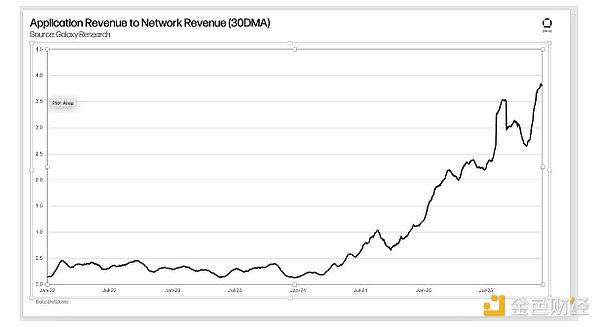I. Why is ZETAchain Worth Paying Attention To?
In today's blockchain industry moving towards multi-chain coexistence, cross-chain technology has become the core infrastructure for connecting ecosystem islands. ZETAchain, with its core concept of "full-chain abstraction", attempts to break through the limitations of traditional cross-chain protocols, allowing developers and users to ignore underlying public chain differences and achieve truly "develop once, deploy across all chains". Its recent listing on Binance Alpha, collaboration with Coinbase/BitGo for staking services, and growth data of 4.5M+ total wallet addresses all demonstrate its market momentum.
II. Technical Breakthrough: Implementation Path of Full-Chain Abstraction
- Cross-Chain Interoperability ZETAchain is built on Cosmos SDK, adopts PoS consensus mechanism, and supports asset and data interaction of 40+ mainstream public chains including Bitcoin, Ethereum, and BNB Chain. Its innovative "full-chain node" technology allows developers to call multi-chain functions through a single interface, reducing cross-chain development complexity.
- Token Economic Model
- $ZETA Function: Governance voting, gas fee payment, network security staking, cross-chain ecosystem incentives (such as developer grants).
- Distribution Mechanism: Total supply of 2.1 billion, with the largest proportion for community and ecosystem (unofficially estimated around 50%), team and advisors about 20%, private and seed rounds 15-20%, foundation reserves 10%. Note that the official details are not fully disclosed, and the data is an industry estimate.
- Ecosystem Incentives
- Collaborating with Beam DEX for liquidity mining to attract capital pools;
- Providing technical support and financial incentives for developers through the "Universal Apps" program.
III. Team and Capital Endorsement: Coinbase's Impressive Lineup
- Founder Background: Core members include early Coinbase employees (who participated in BAT creation), former Binance and Cosmos technical experts, combining centralized platform experience with decentralized technology depth.
- Advisory Team: Advisors Nathalie McGrath (Coinbase's first HR head) and Juan Suarez (former Coinbase legal counsel) provide guarantees for compliance and team management.
- Investment Institutions: Binance Labs led the Series A funding of $27 million, with Framework Ventures, Multicoin Capital, and other institutions following, and angel investors including Polygon core member JD Kanani.
IV. Market Performance and Risk Warnings
- Data Highlights (as of April 4, 2025):
- User Growth: 4.5M+ total wallet addresses, 318K monthly active users, cumulative transactions of 17.5 billion;
- Liquidity: Supported by top exchanges like Binance and Coinbase, with 24-hour trading volume exceeding $80 million;
- Price Trend: Current price around $0.26 (approximately 18% increase in the past 30 days, subject to real-time data).
- Potential Risks:
- Competitive Pressure: Crowded cross-chain track (such as Polygon, Cosmos, Avalanche), needs to continuously prove technological differentiation;
- Token Allocation Transparency: Official details of token allocation not fully disclosed, posing information asymmetry risks;
- Compliance: As regulations become stricter, the legal boundaries of cross-chain protocols need further clarification.
V. Future Outlook: Infrastructure for the Full-Chain Era?
ZETAchain's ambition is not just to be a cross-chain tool, but to build a "full-chain operating system". Its deep collaboration with BNB Chain, rapid expansion of developer ecosystem, and enterprise-level security solutions (such as Coinbase custody support) are paving the way for long-term layout. However, how to balance technological iteration and market demand remains a key challenge.
Interactive Topic: Do you think ZETAchain's "full-chain abstraction" can become the next-generation blockchain standard? Welcome to share your views in the comments!
Note: This article is compiled from public sources, and investment decisions should be made cautiously. The cryptocurrency market is highly volatile, and it is recommended to assess based on individual risk tolerance.






